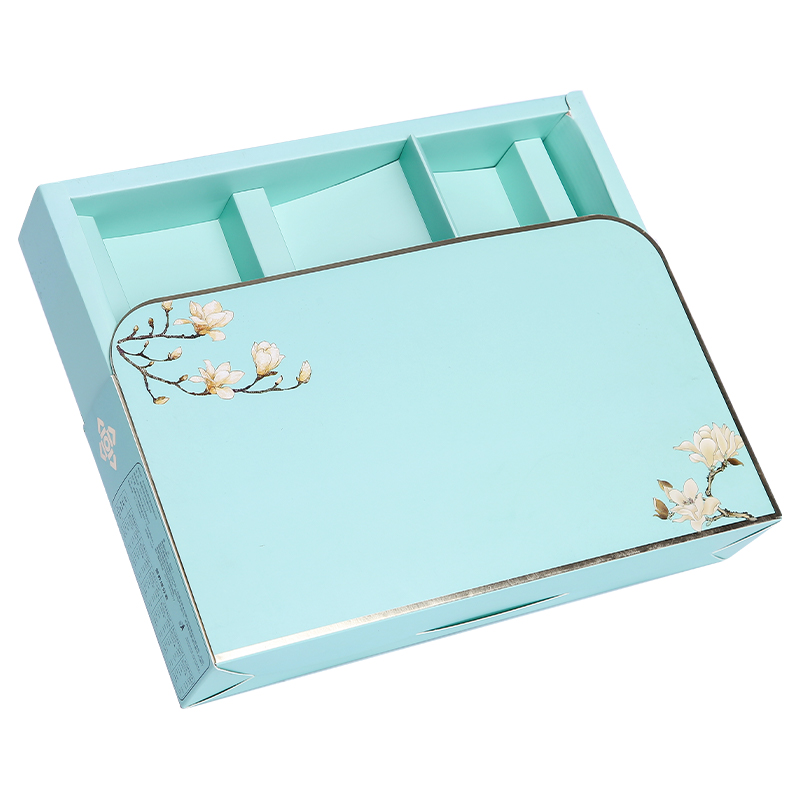-
 +86-0557-3781111 / +86-0571-56396277
+86-0557-3781111 / +86-0571-56396277
 +86-0557-3781111 / +86-0571-56396277
+86-0557-3781111 / +86-0571-56396277
The design of die-cutting and folding techniques plays a crucial role in determining the efficiency, stability, and cost-effectiveness of cardboard packaging boxes. A well-optimized design not only improves the ease of assembly but also enhances structural integrity and reduces overall production costs. As businesses strive to balance durability with efficiency, careful consideration of these design elements is essential.
Enhancing Assembly Efficiency
One of the primary advantages of precise die-cutting and folding techniques is the reduction in assembly time. Pre-creased folding lines and perforations allow for smooth and effortless bending, ensuring that boxes can be assembled quickly without excessive manual effort. For businesses relying on high-volume packaging, such optimizations are particularly beneficial as they improve production efficiency.
The choice between one-piece and multi-piece designs also impacts assembly speed. Single-piece designs with integrated locking mechanisms eliminate the need for adhesives, reducing labor requirements and production costs. Similarly, auto-lock bottom designs provide a faster alternative to traditional tuck-in flaps, allowing workers to fold and secure the box in seconds. By minimizing the number of steps needed for assembly, companies can increase throughput while maintaining consistency in packaging.

Improving Structural Stability
The strength of a cardboard box is not solely determined by the material but also by the way it is cut and folded. Strategically placed interlocking flaps, reinforced edges, and well-positioned crease lines contribute to a sturdy structure that can withstand stacking and transportation pressures.
Flute direction also plays a significant role in ensuring durability. Aligning folds with the corrugated flutes enhances strength and prevents weak points that may lead to box deformation. Additionally, some designs incorporate double-wall structures or corner reinforcements, which provide extra support for heavy loads, making them ideal for shipping fragile or high-value items.
By optimizing folding techniques, manufacturers can create packaging solutions that maintain their shape and integrity throughout storage and transit, minimizing the risk of product damage.
Balancing Cost-Effectiveness
A well-designed die-cutting and folding process significantly reduces material waste and production expenses. Efficient die-cutting layouts ensure that each sheet of cardboard is used to its full potential, minimizing scrap material and lowering raw material costs.
Automation compatibility is another key consideration. Packaging designs that integrate seamlessly with automated folding and gluing machines streamline production, reducing reliance on manual labor and increasing output. Additionally, certain folding techniques eliminate the need for adhesives, further cutting down costs.
Logistics expenses can also be optimized through smart design choices. Flat-pack designs, which allow boxes to be shipped in a collapsed state, save space during transportation and storage, leading to lower shipping costs. By focusing on efficiency at every stage, businesses can enhance cost-effectiveness without compromising on quality.
Annhiu Address: Yishan Road and Qingshengou Road Intersection, Suzhou Economic Development Zone, Anhui, China
Tel: +86-0557-3781111
E-mail: [email protected]
Hangzhou Address: Building 3, No.286, Renliang Road, Renhe Street, Yuhang District, Hangzhou, Zhejiang, China
Tel: +86-0571-56396277
E-mail: [email protected]
Copyright © Hangzhou Shengpin Packaging Co., Ltd. All Rights Reserved.
